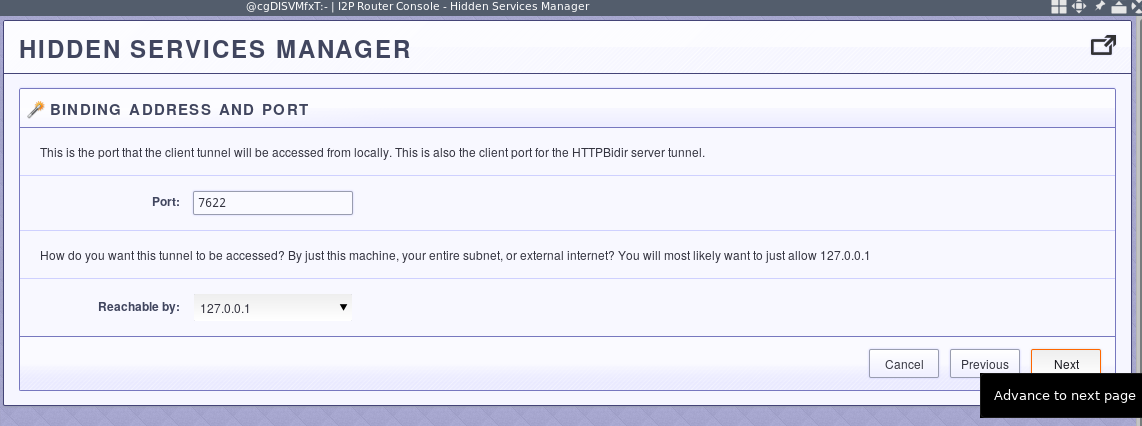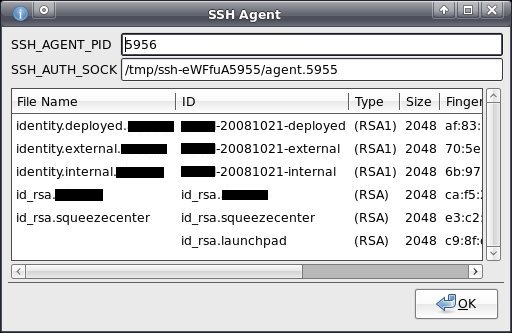
ssh directory will not exist until ssh has been used. You will typically find your SSH config file at C:\Users\username.ssh\config though the. Prox圜ommand sh -c "aws ssm start-session -target %h -document-name AWS-StartSSHSession -parameters 'portNumber=%p'" For Windows: You will typically find your SSH config file at ~/.ssh/configĪdd the following to the SSH config file: # SSH over Session Manager

The tricky portion of this setup involves altering your local host SSH configuration in order to proxy commands through the AWS session manager for any aws ec2 instance-i. This plugin allows the AWS cli to launch Session Manager sessions with your local SSH client.
Ssh tunnel manager install#
Install latest AWS CLI:Īn updated command line interface is required on your local host in order to use these new Session Manager features. We will focus on changing the SSH config which will do the magic for us. Also make sure you have the private key to perform the SSH.

In this tutorial we assume that Systems Manager Agent is installed and configured on your EC2 instance and created the user with necessary permissions. In order to perform SSH operations from your local host to the remote cloud asset, you will need to perform the following setup steps. Therefore, there is no need to open any inbound rule publicly.Įase of use: You can access resources in your private VPC directly from your local machine. The local resource needs to allow inbound traffic only from the instance acting as bastion host. This allows you to use Session Manager without any inbound connections. Increased Security: This configuration works with only one Amazon Elastic Compute Cloud (Amazon EC2) instance (the bastion host) with outbound port 443 connecting to Systems Manager infrastructure. So, what are the benefits of having this configuration: A managed instance that you create acts as a bastion host, or gateway, to your AWS resources. This capability means that Session Manager tunnels real SSH connections, allowing you to tunnel to another resource within your VPC directly from your local machine. Session Manager is a fully managed AWS Systems Manager capability that lets you manage your Amazon Elastic Compute Cloud (Amazon EC2) instances, on-premises instances, and virtual machines (VMs) through an interactive one-click browser-based shell or through the AWS Command Line Interface (AWS CLI). What is AWS Systems Manager Session Manager? Thanks to AWS for the wonderful documentation. Mentioned below is the diagram for a better understanding of the scenario.īefore talking about the solution let’s have a look at the AWS Systems Manager Session Manager in a nutshell. It is a tiring job for the developers to connect through the Bastion Host or Jumpbox to query something from the Database. We are using VPC peering to establish connection between the lambda functions and MongoDB. I am working on an interesting project which involves lots of integrations where AWS Lambda functions and a document database (MongoDB) are deployed in two separate VPC networks.

Log story short, Yes its possible with the help of AWS Systems Manager Session Manager. How awesome is to access either a MongoDB or MySQL deployed in a VPC network locally using MongoDB Compass or MySQL Workbench ?Īt this point you might think that, how is it possible to tunnel to another resource within VPC directly from your local machine?


 0 kommentar(er)
0 kommentar(er)
